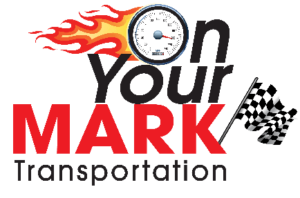Is your company prepared for an emergency? It is essential for companies to ensure all employees know how to respond in emergencies. This requires thoughtful planning and an investment into safety training for your team. When thinking of which safety plans to create, many businesses focus on fire and tornado protocols. Recent events, such as the tragic flooding that took place this past fall in East Tennessee, show the importance of including flood preparedness plans as well as offering training in multiple languages.
The news story “Flooding in East Tennessee leaves tragic loss, raises concerns over response to immigrant communities” by WTVF Nashville highlights how many of the affected workers were non-English-speaking employees at Impact Plastics. This tragic disaster exposed a major gap in emergency preparedness for immigrant communities. As Lisa Sherman Luna, executive director of the Tennessee Immigrant and Refugee Rights Coalition (TIRRC), stated, “We noticed immediately the lack of language services as well as cultural understanding and outreach to the diverse communities that call Tennessee home” (WTVF). The inability to provide crucial emergency information in multiple languages is a serious issue.
Companies must address these issues not only to comply with local and federal laws but to ensure the safety of each and every individual employee. Many cities are seeing a growth in immigrant populations, and this can bring a language diversity to the workplace. We encourage businesses to review their safety plans and protocols on a yearly basis. The checklist below will help provide your team with a starting point.
- Create a safety plan for what employees should do in the event of a natural disaster. This should include fire, tornado, earthquake, flood, or hurricane plans depending upon your location.
- Provide employees with a detailed plan for what to do in the event of an intruder.
- Ensure that your team is regularly trained on what to do in each scenario. This training should be provided in every language spoken by your employees. This includes having signs in both English and Spanish (or other needed languages), clear evacuation routes, and providing safety training that everyone can understand.
Providing safety information in multiple languages ensures that all employees, regardless of their background, can act quickly and appropriately during emergencies. The tragic loss of lives in the Tennessee floods reminds us of the importance of this.
By offering comprehensive, multilingual training, companies can protect their workers more effectively and help prevent such devastating outcomes. It’s time to ensure that safety protocols are inclusive, so every worker knows how to stay safe, no matter what language they speak.
If your team needs assistance reviewing and updating their safety procedures and training, our team is here to help. Reach out to see how we can partner with you in providing essential training.

